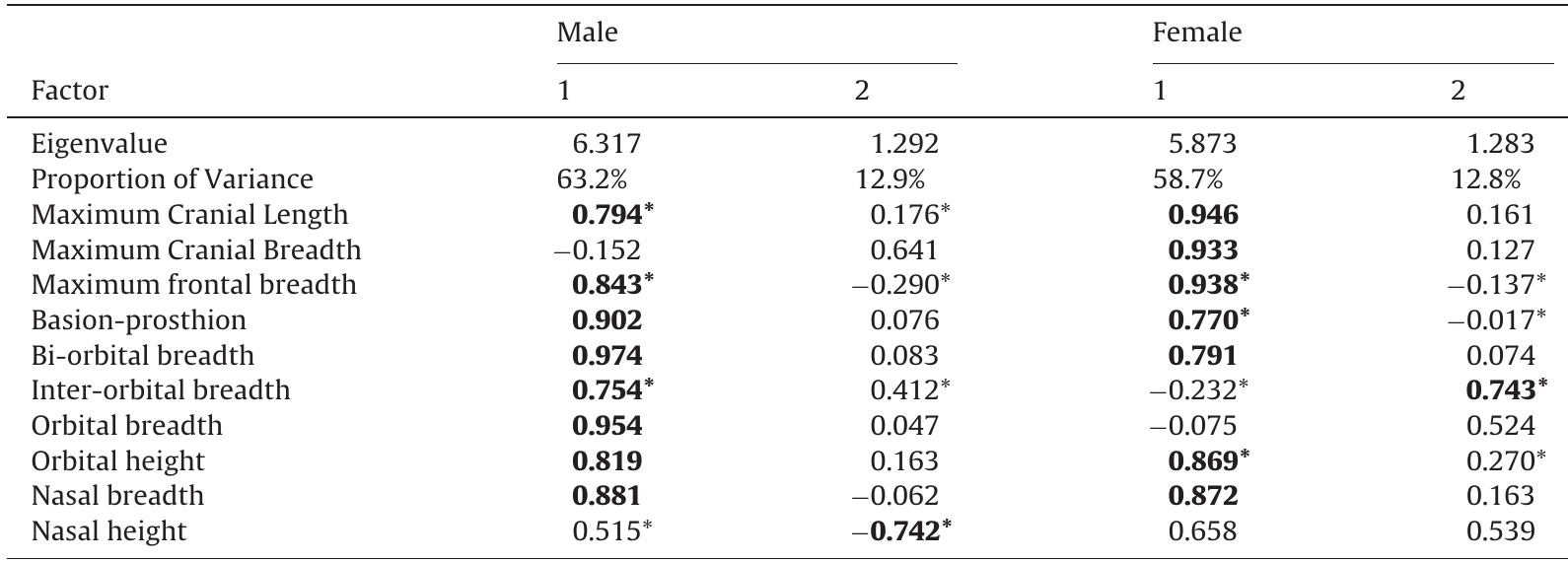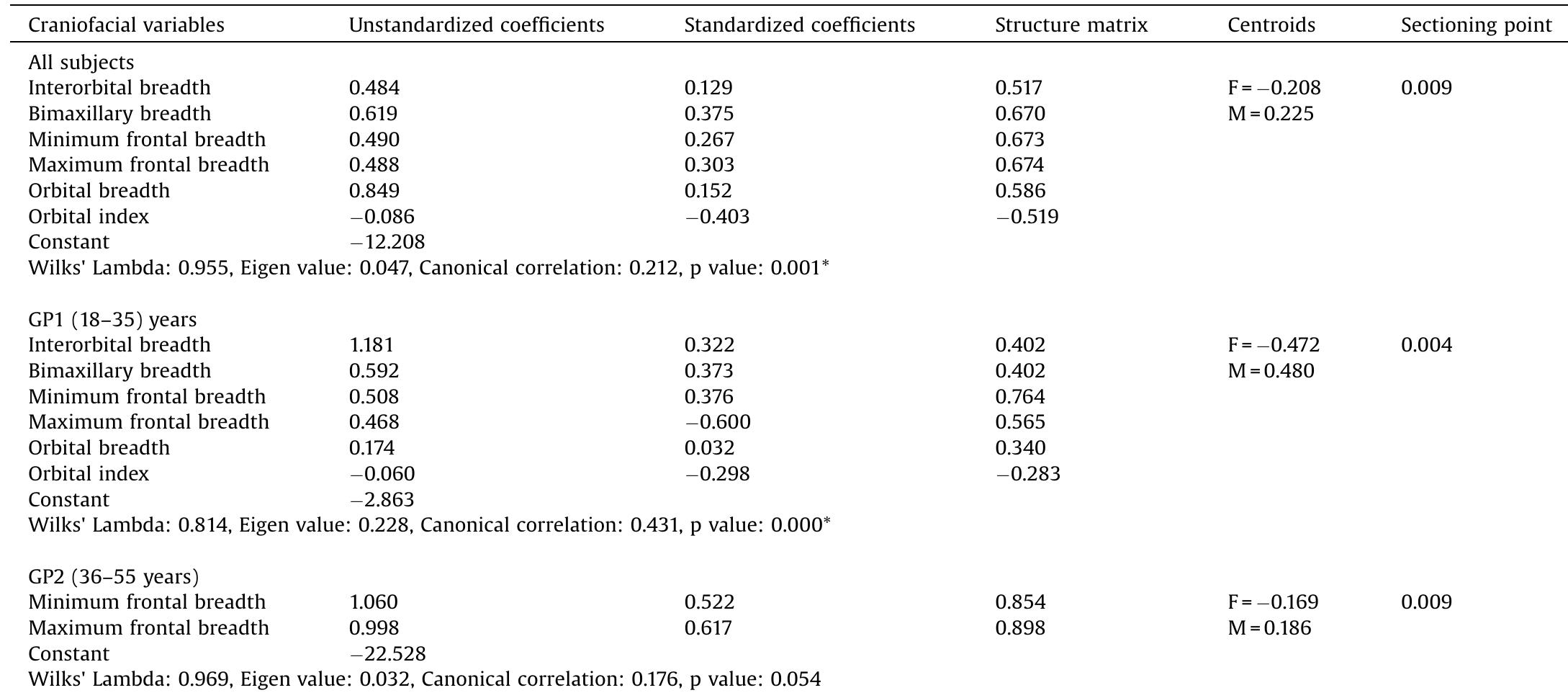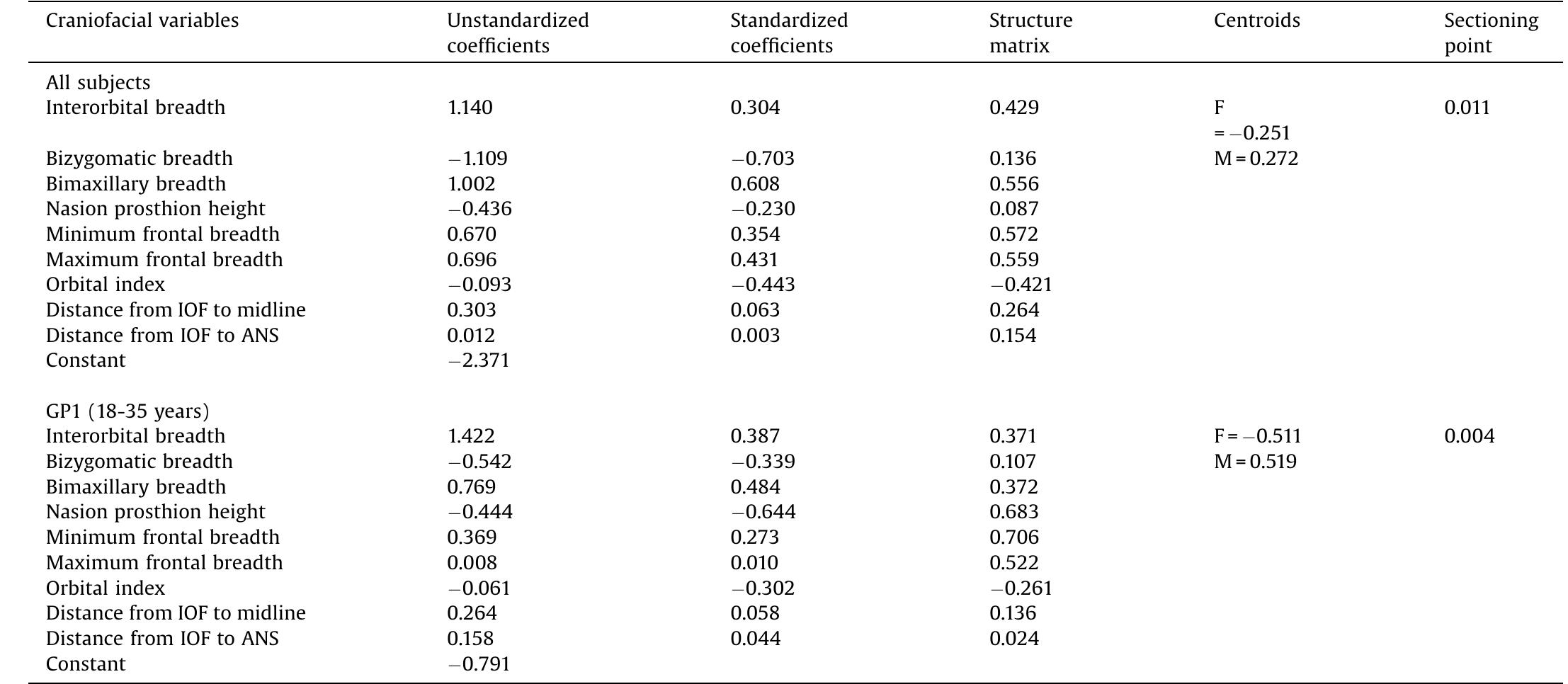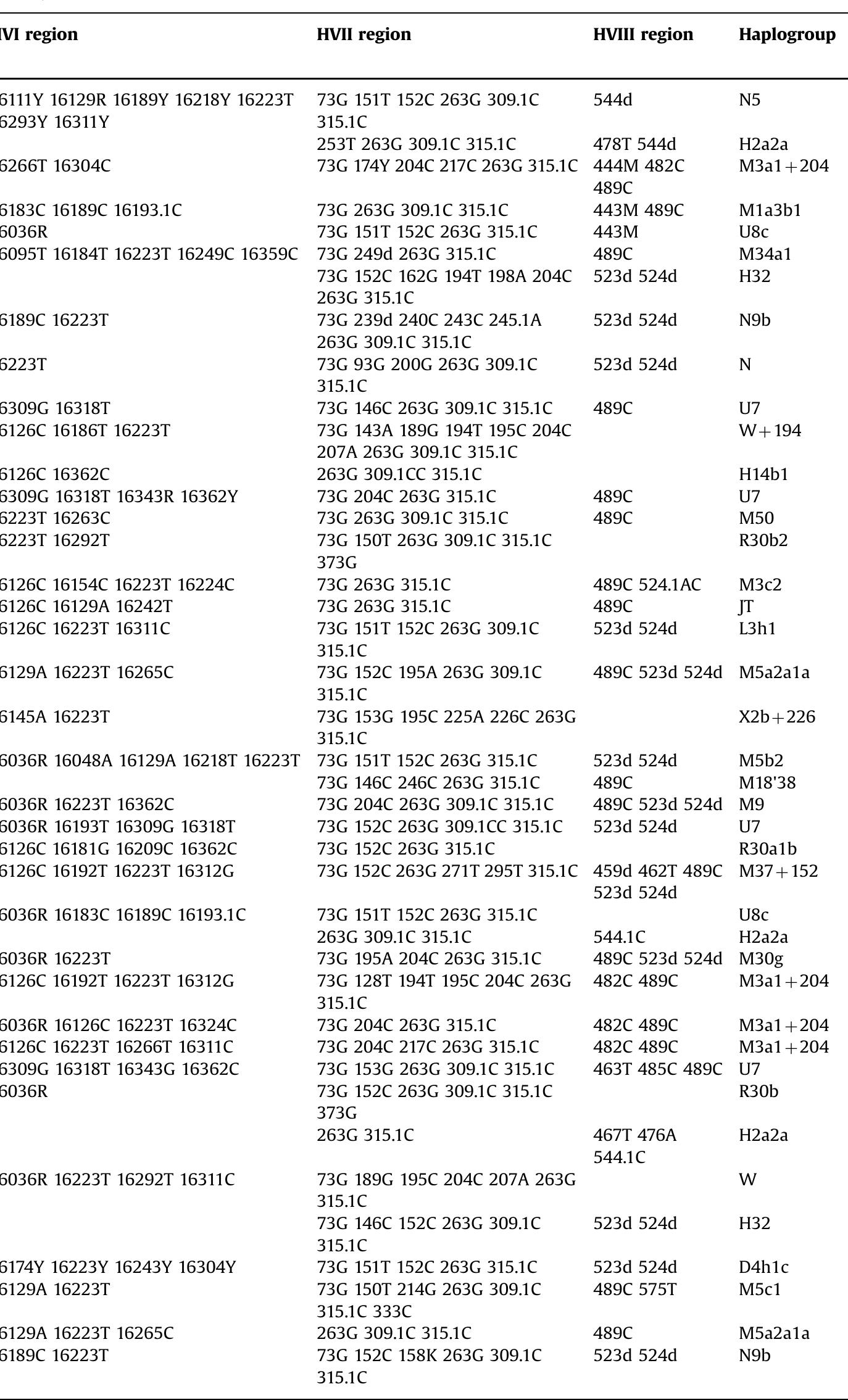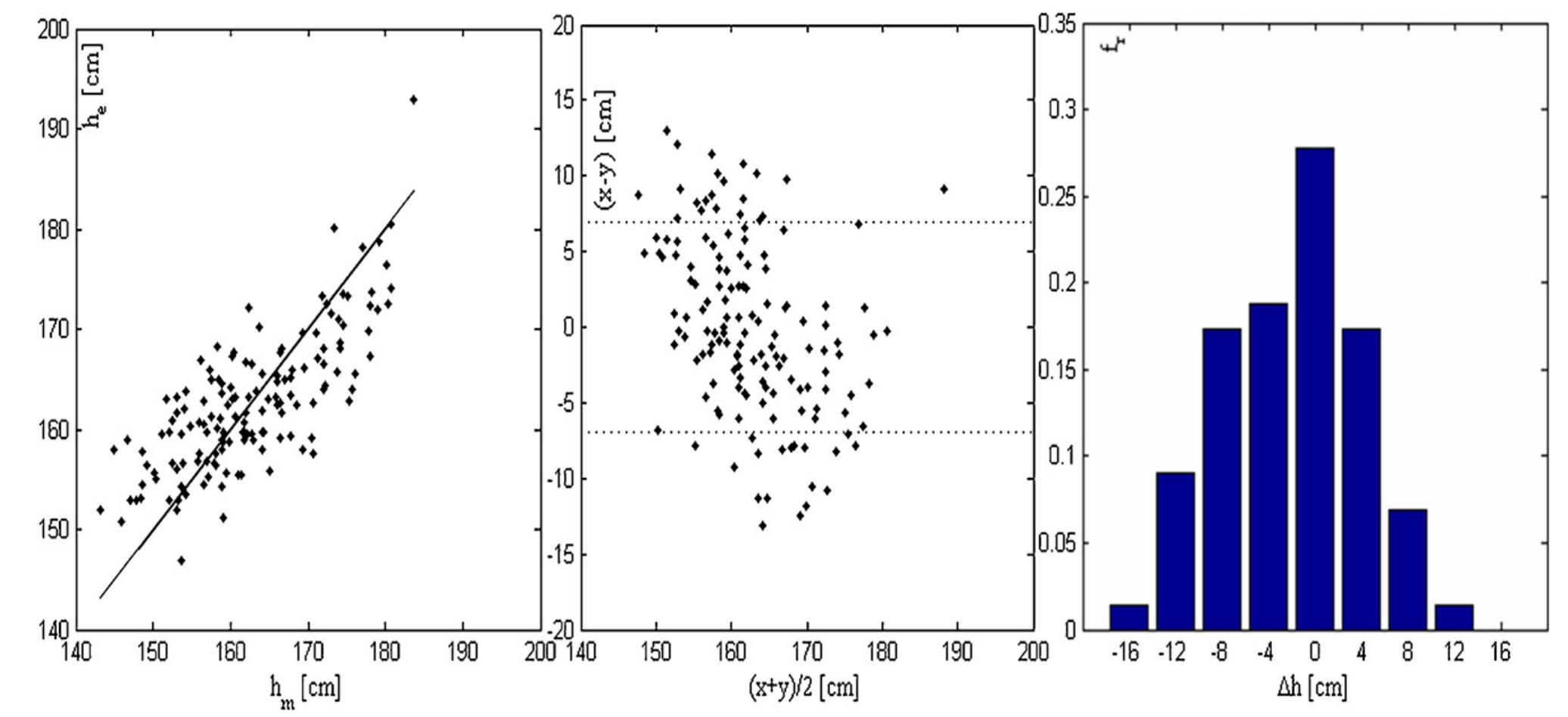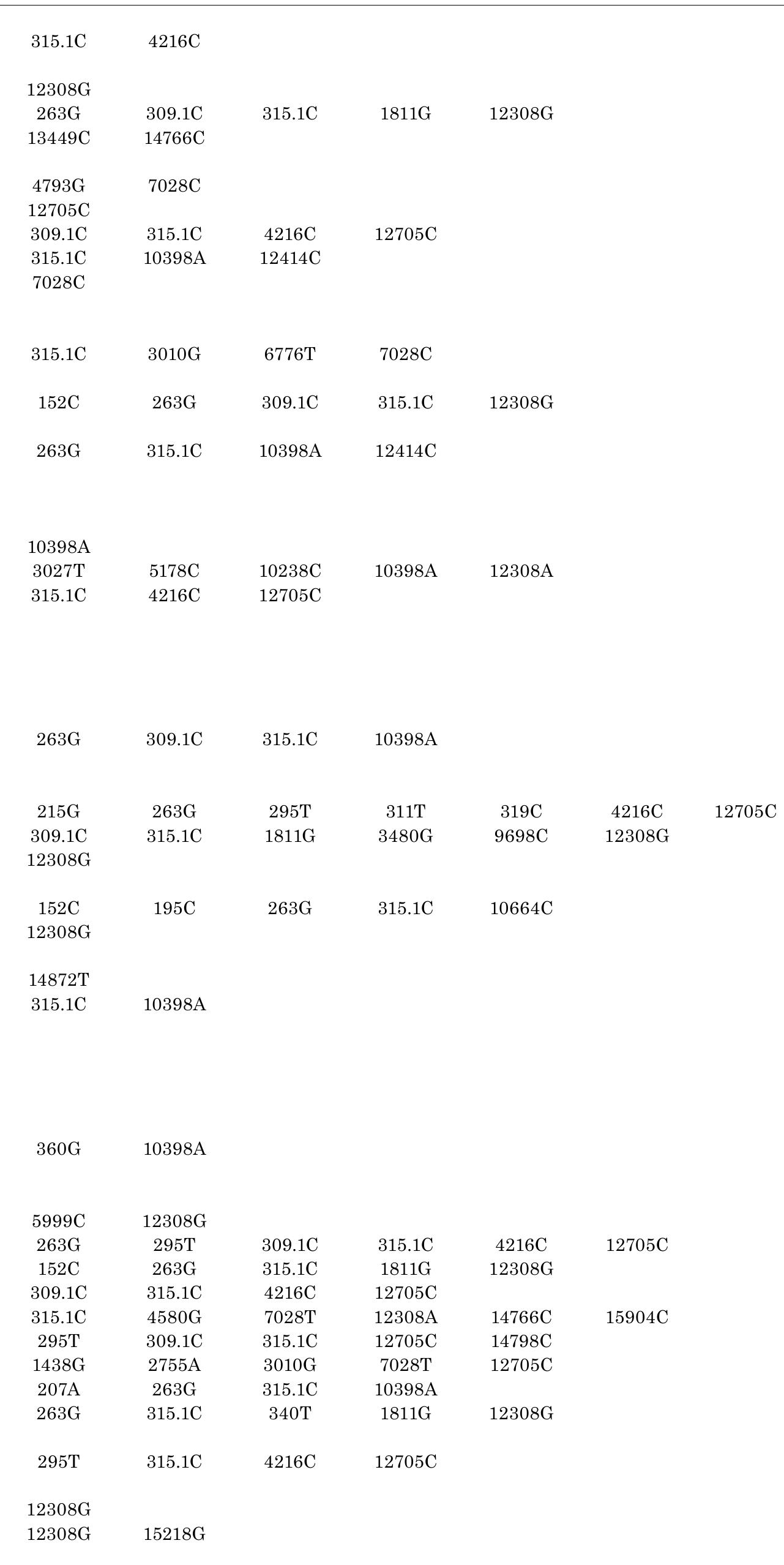Over the past twenty years, numerous studies have investigated the connection between the biomarker known as the digit ratio (2D:4D) and various indicators of pre- and post-natal stress during development. This research is based on the... more
Many important consumption decisions involve risk. We explore the biological basis of risk taking using an emerging measure of prenatal androgrens, the ratio between the length of the second and fourth digits (2D:4D). A smaller 2D:4D... more
Psychology and personality of individuals may have implications for choice of, and performance in sports disciplines. Individual- and group sports differ in psychological requirements, such as, competitiveness, sensation seeking and risk... more
SummaryHumans exhibit sex differences in competitiveness, sensation seeking and risk-taking attitude, which are required in sports. These attributes are often linked to prenatal testosterone (PT) exposure. The second-to-fourth digit... more
Background: Femoral sulcus angle is particularly important in clinical evaluation of patellofemoral joint. Individuals show considerable differences in asymmetrical dimensions of the femur. Objectives: To determine the size of femoral... more
the person in question [4]. Yet, these positive identification methods are not feasible if there is no antemortem data available [4, 7]. In this event, presumptive or possible identification methods are used to narrow down possible... more
The research investigated personality traits of high-risk sports athletes. The aim was to investigate the personality dimensions and compare the results to the results of non-risk sports athletes and non-athletes. Thirty eight high-risk... more
The use of photography in anthropology has a complex history, particularly when it comes to representing indigenous communities through early ethnographic research. When viewing collections such as the early 20th-century images of Sri... more
The scientific working group on DNA analysis Methods (SWGDAM) mitochondrial DNA (mtDNA) population data set is used to infer the relative rarity of control region mtDNA profiles obtained from evidence samples and of profiles used for... more
Cleft lip with or without cleft palate (CL/P) is a relatively common craniofacial malformation involving bony and soft-tissue disruptions of the nasolabial and dentoalveolar regions. The combination of CL/P and subsequent craniofacial... more
Recent analyses indicate that the precuneus is one of the main centres of integration in terms of functional and structural processes within the human brain. This neuroanatomical element is formed by different subregions, involved in... more
Background: Determination of gender is one of the essential pre requisites in forensic odontology. Skull being the best after pelvis for sex determination.Various morphological features of skull have been studied for the gender... more
This paper reports on a specific sharp force trauma observed in skeletons of the Edo period. A cut mark can be recognized at the inferior margin of the pubic symphysis and on the posterior surface of the left innominate bone of No. 583... more
The systemic robusticity hypothesis links the thickness of cortical bone in both the cranium and limb bones. This hypothesis posits that thick cortical bone is in part a systemic response to circulating hormones, such as growth hormone... more
Since their first discovery, Neandertals have served as an out-group for interpreting human variation. Their out-group role has changed over the years because in spite of the fact that Neandertals are the most abundant of all fossil... more
ic structural features, including idiosyncratic kink patterns, which lead to significant differences in the inferred odorant binding site structure. Such analyses form a basis for a comprehensive sequence-based classification of OR... more
Craniosynostosis represents a heterogeneous cluster of congenital disorders and manifests as premature ossification of one or more cranial sutures. Cranial sutures serve to enable calvarial growth and function as joints between skull... more
Background Sitting height (SH), sub ischial leg length (SILL) and the sitting height/leg length ratio (SH/SILL) are useful tools for assessing human body proportions. They are often used to detect the presence of abnormal growth,... more
Background Sitting height (SH), sub ischial leg length (SILL) and the sitting height/leg length ratio (SH/SILL) are useful tools for assessing human body proportions. They are often used to detect the presence of abnormal growth,... more
BACKGROUND: Craniometric indicators are one of the most reliable sources of information about the population. Despite the development of genetic methods, skull measurements are extremely important in anthropology and forensic medicine. In... more
ObjectivesTo use a mouse model to investigate the relationships among the components of the systemic robusticity hypothesis (SRH): voluntary exercise on wheels, spontaneous physical activity (SPA) in cages, growth hormones, and skeletal... more
Fingerprint pattern is a part of dermatoglyphics which subsumed the palmar and plantar and also a very imperative constituent in the sphere of forensic anthropology and forensic science. The friction ridges are gradually formed while... more
Craniometry has revealed that continuous skull expansion occurs after dental maturity in macaques and other nonhuman primates. Endocranial volume has been shown to increase with age from mid-adulthood to older age in macaques. Thus,... more
Dermatoglyphics is an imperative facet or clamant in the field of biological anthropology as well as in forensic sciences. The identification of fingerprint which helps to understand the biological variation of populations; investigation... more
Craniometry has revealed that continuous skull expansion occurs after dental maturity in macaques and other nonhuman primates. Endocranial volume has been shown to increase with age from mid-adulthood to older age in macaques. Thus,... more
The repeatability of facial soft tissue thickness measurements at 10 standard anatomical landmarks was evaluated using lateral X-ray images obtained from 50 adult subjects. The intra-and inter-observer error rates were calculated after... more
Long non-coding RNAs (lncRNAs) have emerged as key regulators of cellular senescence by transcriptionally and post-transcriptionally modulating the expression of many important genes involved in senescence-associated pathways and... more
Craniofacial variation is investigated in Latin America and the Caribbean. The samples included in this study are two historic and one prehistoric sample from Ecuador; prehistoric and modern Cuban samples; a prehistoric Peruvian sample;... more
The fingerprints of the Buenos Aires and Chubut provinces in Argentina have been studied, with the aim of knowing and quantifying the variability of these features, which are used in the identification process. The data studied for this... more
ing the Warring States and Han dynasty retained their cultural and genetic Mongolian identity. These data add valuable bioarchaeological information regarding the peopling of northern China during a crucial period of cultural and... more
Aim: This study carried out cranial measurements (in mm) [Zygion-Zygion (Zy-Zy); Zygion-Glabella-right side (Zy-Ga-right); Zygion-Glabella-left side (Zy-Ga-left); Zygion-Glabella-mean (Zy-Ga-mean); Rhinion-Anterior Nasal Spine (Rhi-ANS);... more
Human females demonstrate higher religiosity than men in populations. Digit ratio (2D:4D), being a putative indicator of prenatal testosterone, is associated in varying degrees with characters that show sexual dimorphism. A small number... more
The supratrochlear aperture (STA) is a perforation of the septum between the olecranon and coronoid fossae of the humerus. Bones with STA are prone to supracondylar fractures and are thought to have narrower medullary canals. Our aim was... more
is currently doing his Ph.D. at the University of the Witwatersrand, Johannesburg after having completed his Master's degree in Anatomy from the University of Cape Town. His research interests are in the area of forensic osteology,... more
Several studies have shown variability in osteometric measurements of the skull between populations. Therefore, each population should have specific standards to optimize the accuracy of identification. The aim of this study was to... more
Mendez and colleagues reported the identification of a Y chromosome haplotype (the A00 lineage) that lies at the basal position of the Y chromosome phylogenetic tree. Incorporating this haplotype, the authors estimated the time to the... more
The scientific working group on DNA analysis Methods (SWGDAM) mitochondrial DNA (mtDNA) population data set is used to infer the relative rarity of control region mtDNA profiles obtained from evidence samples and of profiles used for... more
Genetic variations among humans occur both within and among populations and range from single nucleotide changes to multiplenucleotide variants. These multiple-nucleotide variants are useful for studying the relationships among... more
The Balkan Peninsula is known to represent a complex cultural mosaic and it is a strategic area because it represents a gateway into Europe from the Near East . This research seeks to evaluate the variability of both uniparental markers... more
helped me more than I can explain, and I hope someday I will be able to return what you have given so willingly. To my partner Josh, thank you for your patience and emotional support, you have been so understanding and caring considering... more
Despite the recognized flaws in applying traditional stature estimation equations such as those of Trotter and Gleser (1952) to a contemporary population, there are currently no available alternatives for stature estimation in Australia... more
Lip print is useful in forensic investigations for individual identification. The present study aimed to discriminate sex based on lip print patterns in Malaysian Malay population in Klang Valley using a scanning technique. Lip prints of... more
Lip Print Analysis in Malaysian Chinese Population (Klang Valley): LipstickCellophane Tape Technique
Cheiloscopy is recognized as a tool for personal identification due to its strength in criminalistics. In this study, the lip print of Malaysian Chinese population in Klang Valley was used for gender determination using... more
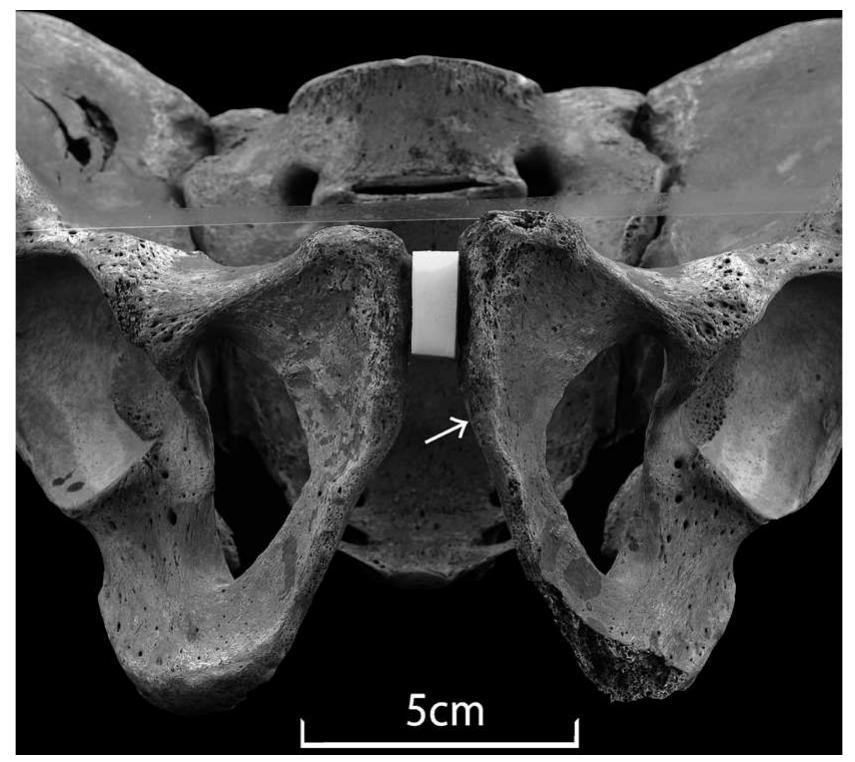
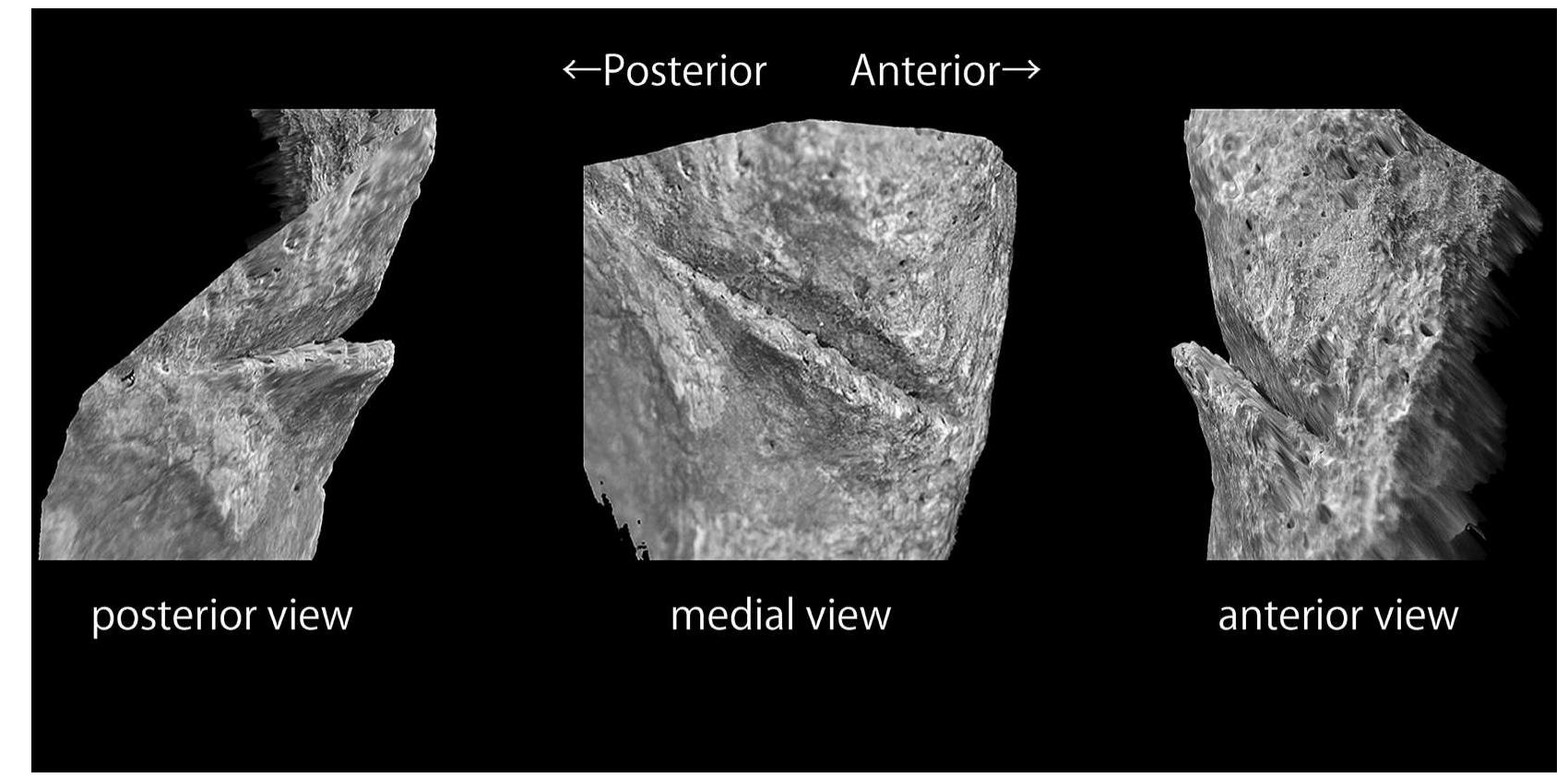
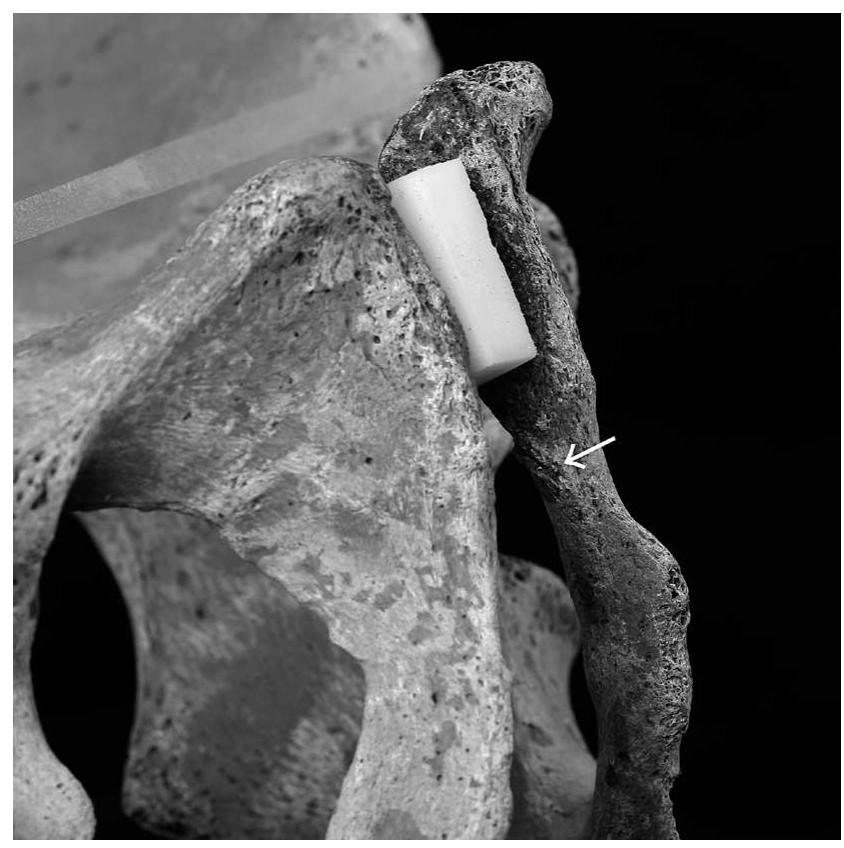

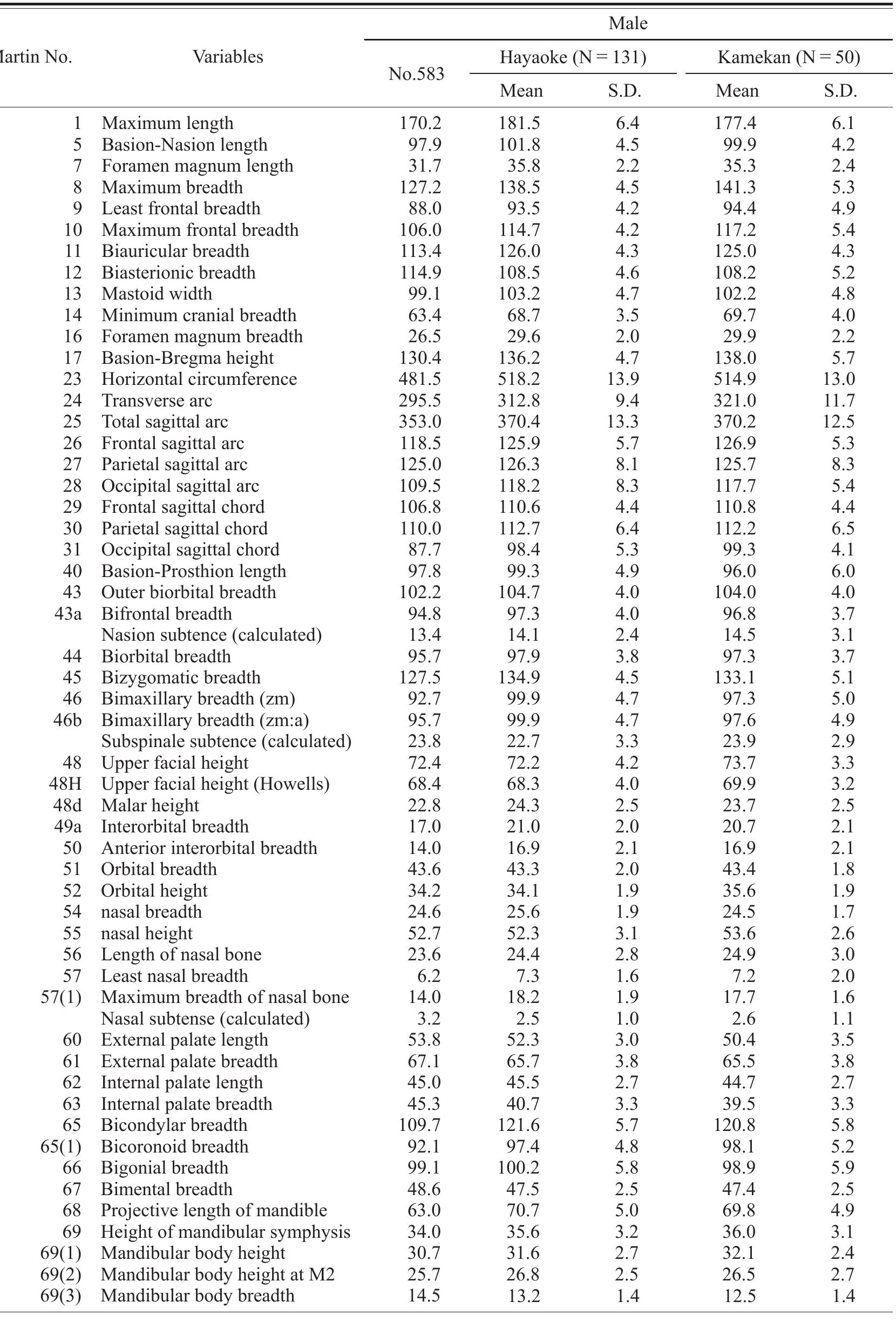
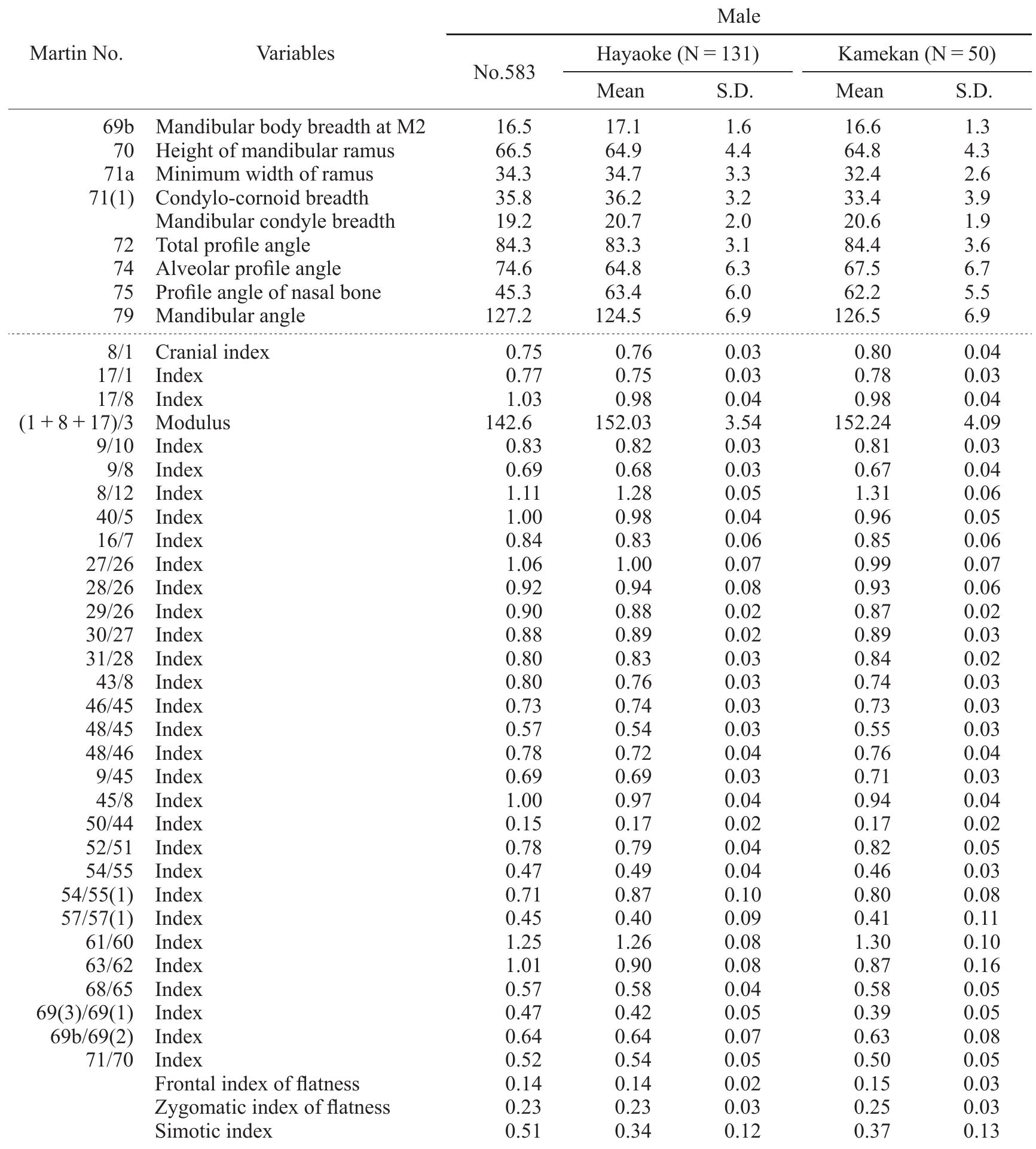
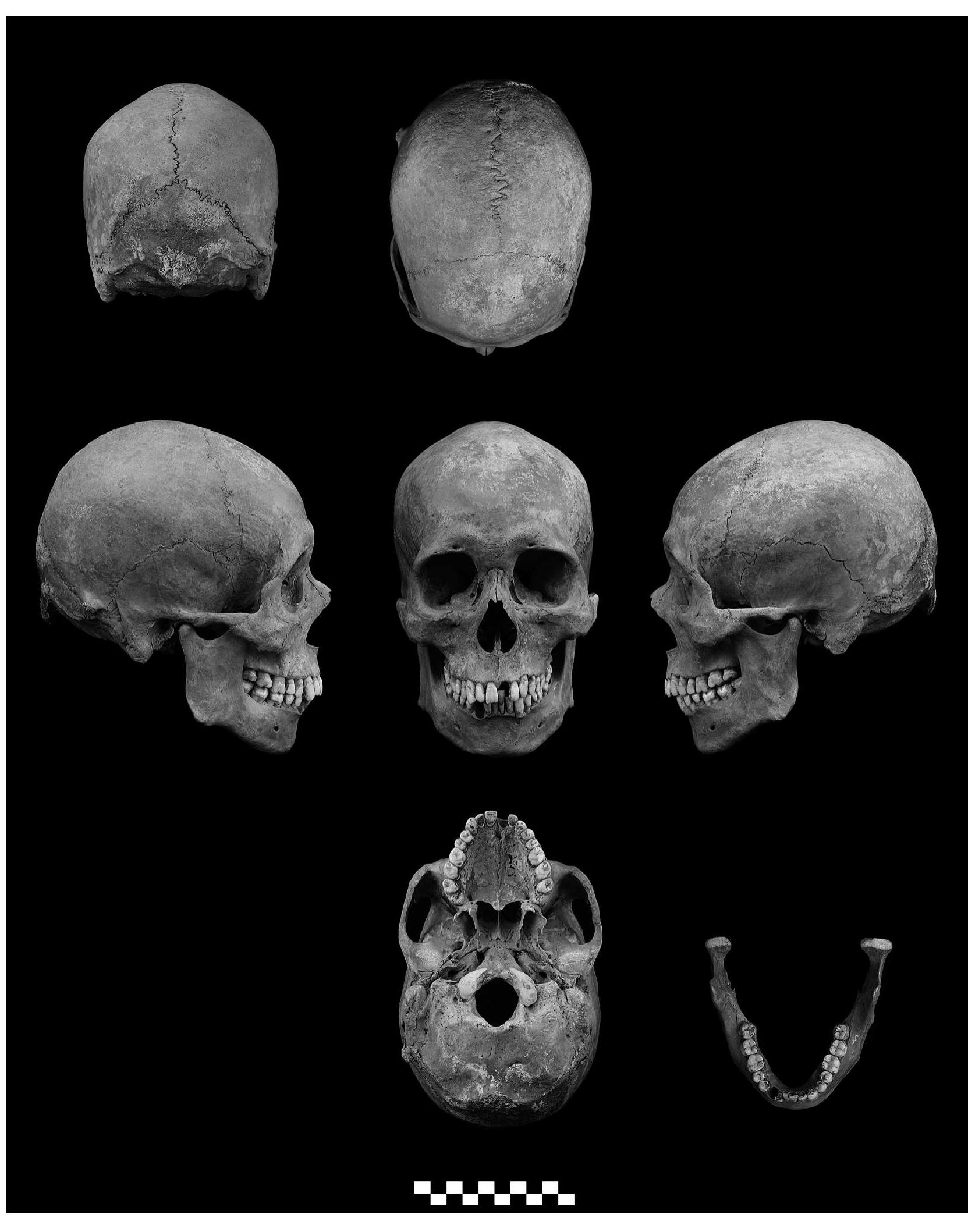
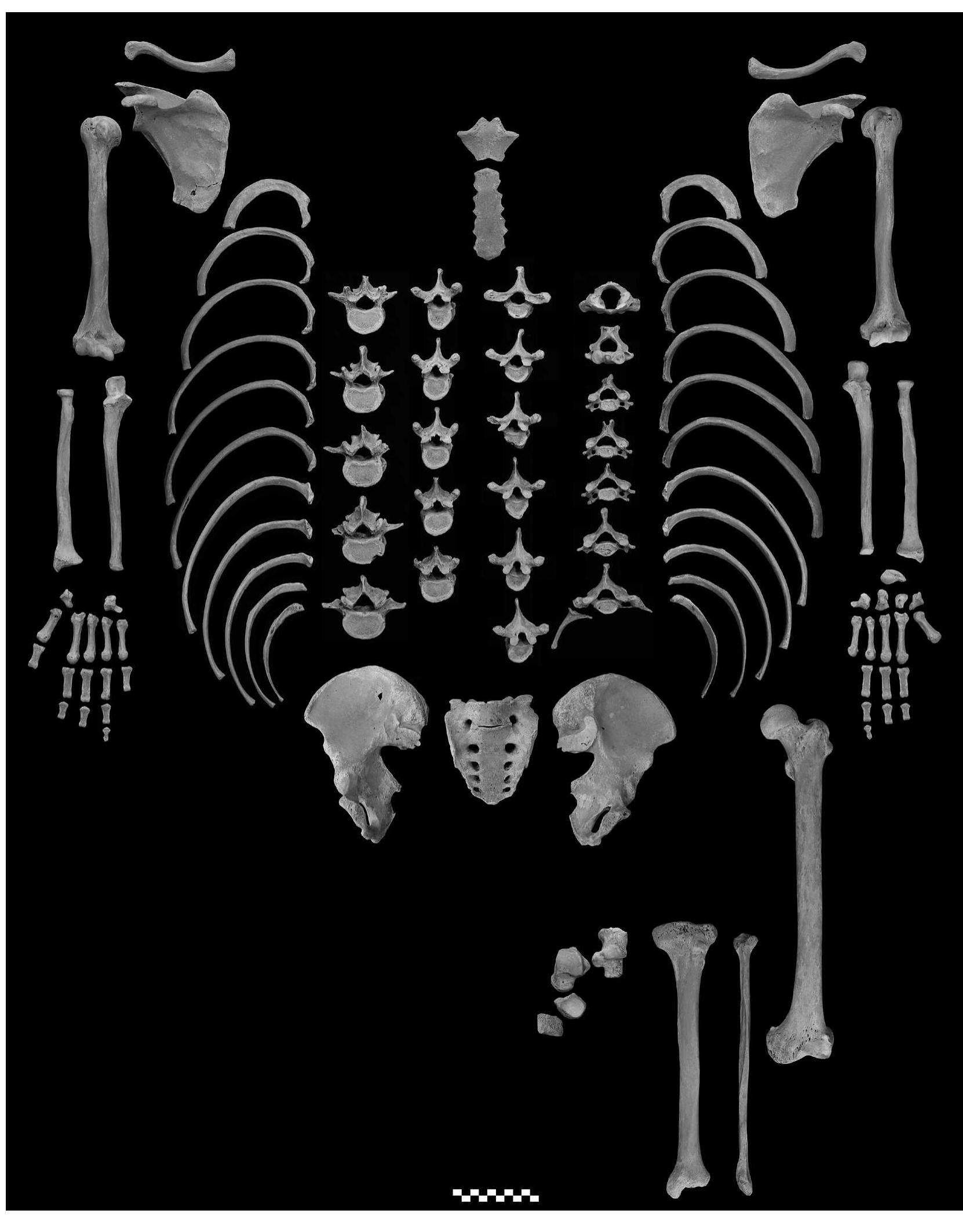
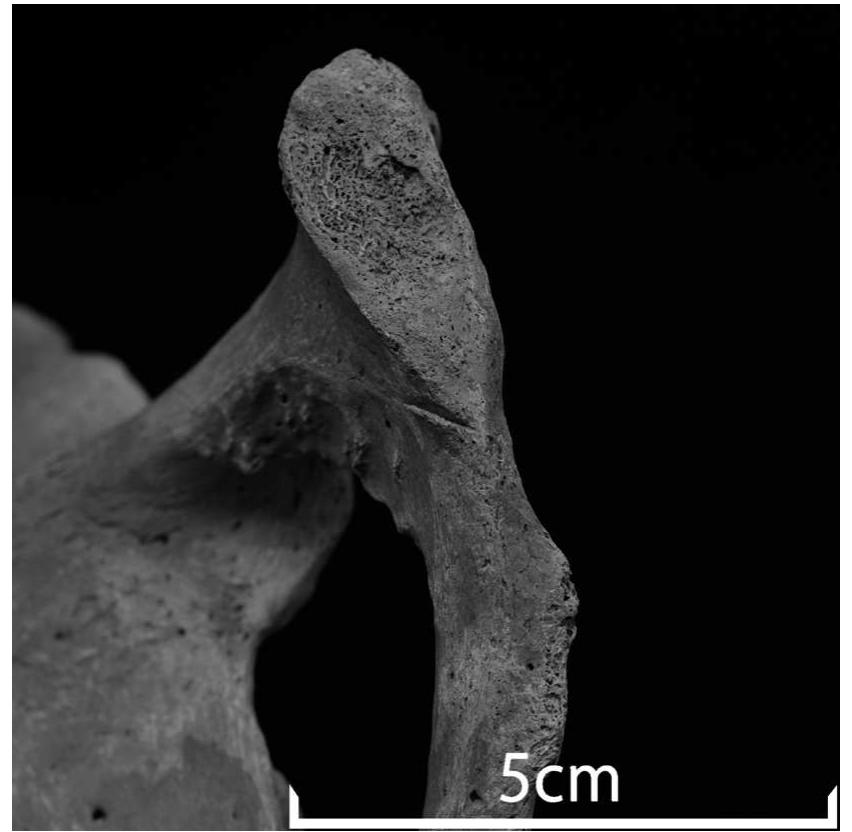
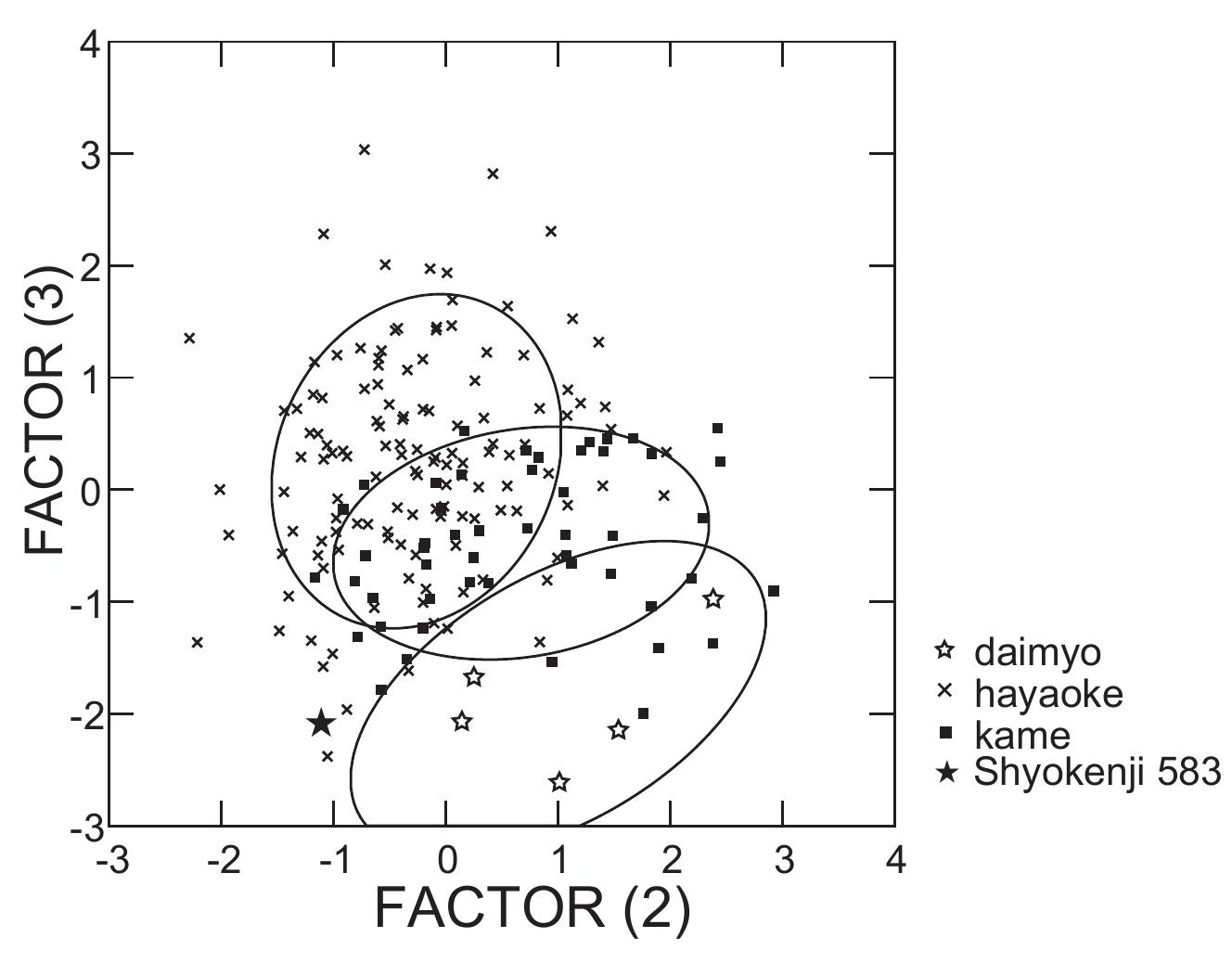
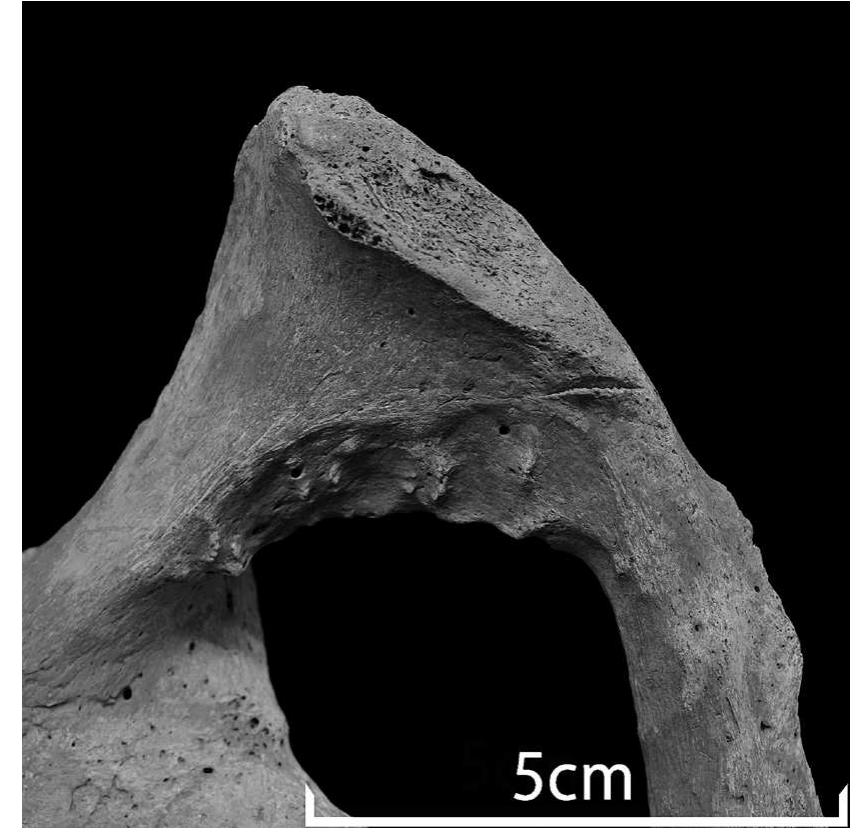









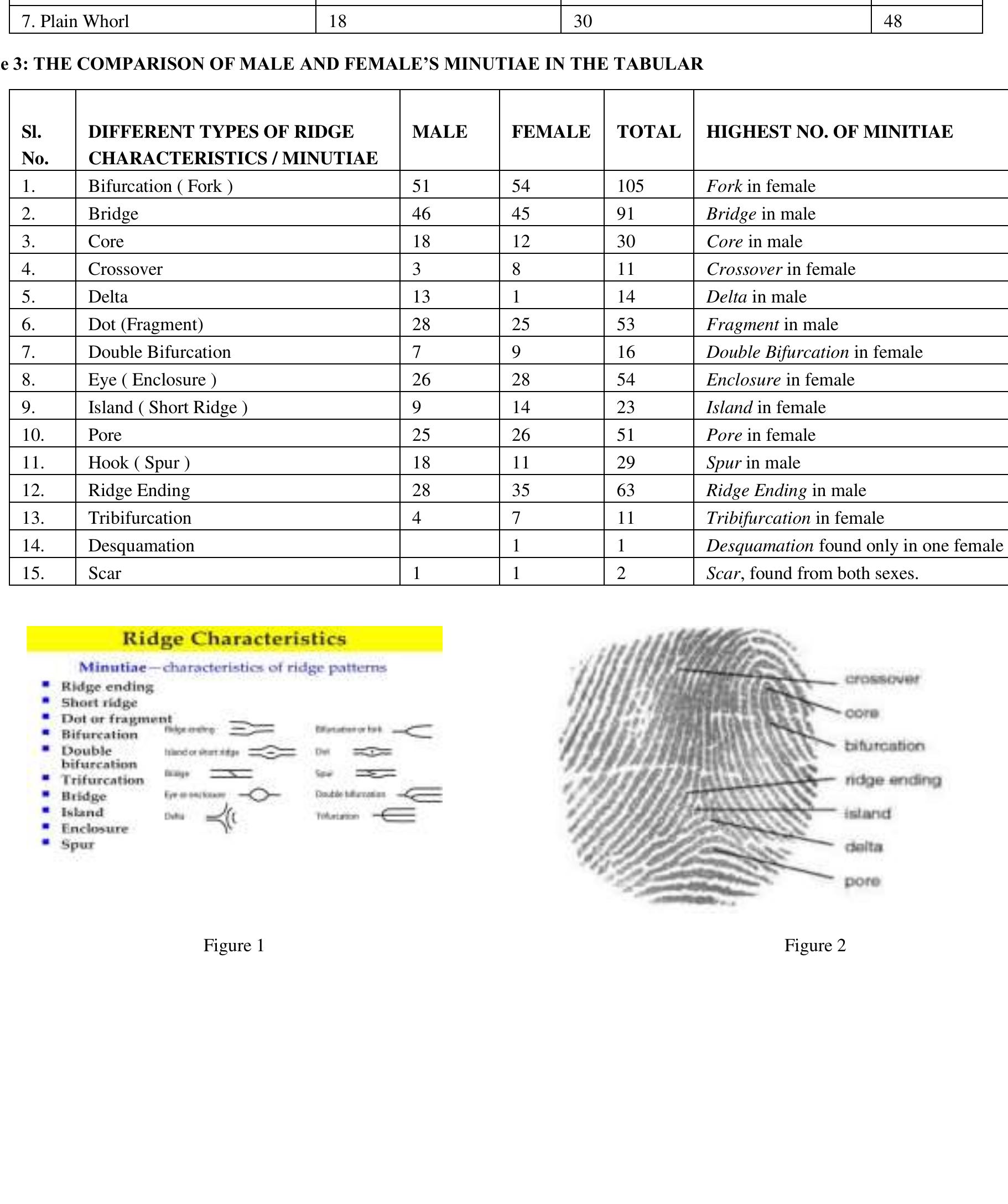



![Fig. 3. Analysis of correspondence between the types of minutiae and the ten fingers (F1 ... F10) in the central area of the fingerprint (inside circle): a) Buenos Aires sample; b) Chubut sample. The results obtained in this research were statistically compared with those obtained for two samples from northwestern Argentina (Puna-Quebrada and Ramal) [40]. Fig. 7 shows the relationship between the frequencies of occurrence of different types of minutiae and the four populations, where a significant dependence that explained 93.72% of inertia was found. The first dimension of analysis explained 77.38% of inertia, and separated the Buenos Aires and Chubut populations from the northwestern Argentina populations. The Buenos Aires sample was mainly associated with two types of minutiae: points (point be- tween ridges and point in ridge) and dock. The Chubut sample was The association between the types of minutiae, types of pattern, and fingers has been only analyzed in the ulnar loops and whorls, due to the low frequency of arches and radial loops (Fig. 5). In the Buenos Aires sample, correspondence analysis explained 76.98% of inertia (Fig. 5a) and in the Chubut sample it explained 82.80% of inertia (Fig. 5b). In the two samples, and both the ulnar loops (blue dashed line) and whorls (red dashed line), the first dimension separated the fingers of the right hand from the fingers of the left hand. In the Buenos Aires sam- ple, the second dimension separated the thumb (F1, F6) and index fin- ger (F2, F7) (both ulnar loops and whorls fingers), from the other fingers; while in the Chubut sample, this result was not found in the fin- gers with whorls as the main pattern type. In the analysis, fingers with ulnar loops as the main pattern type were located further from the co- ordinate center (center of gravity), contributing to dependence. Bifurca- tions (B) appeared associated with the middle (F8), ring (F9), and little (F10) fingers of the left hand, while convergences (C) were associated with the middle (F3), ring (F4), and little (F5) fingers of the right](https://daili.ingbo.tv/default/https/figures.academia-assets.com/109687099/figure_003.jpg)


















